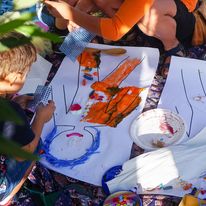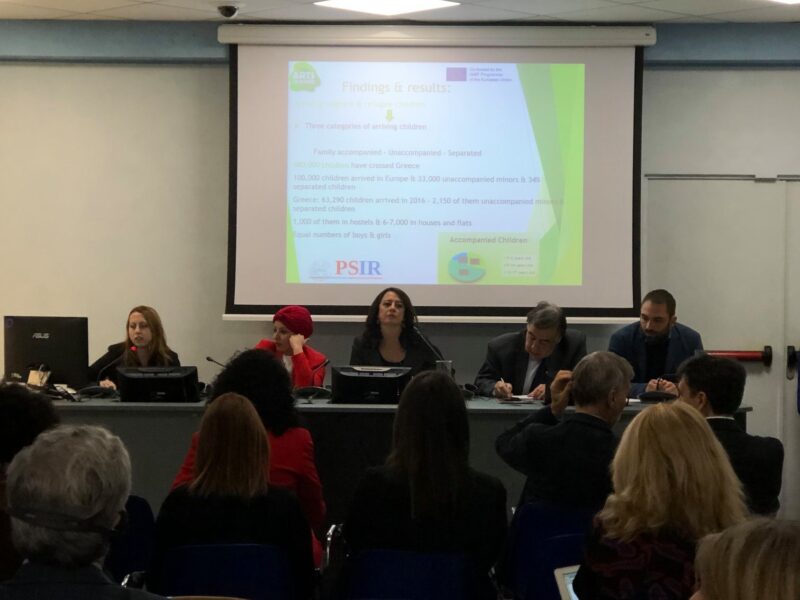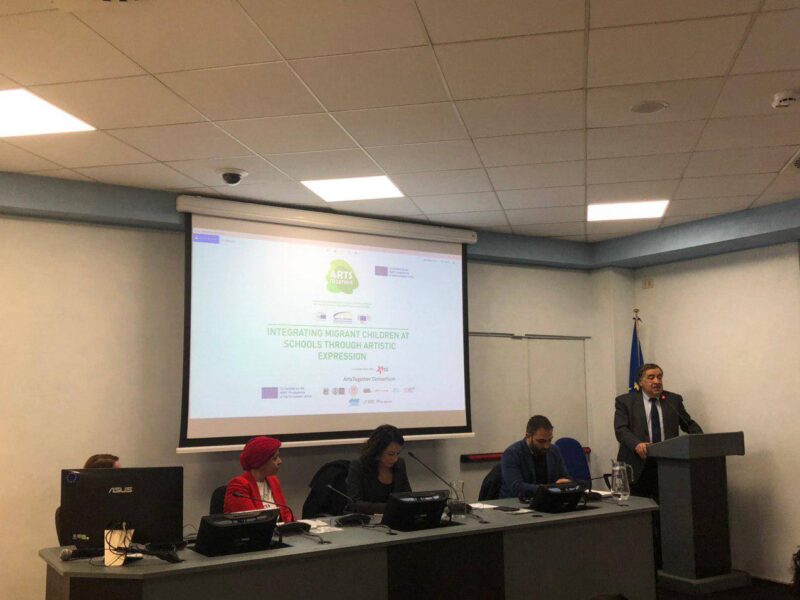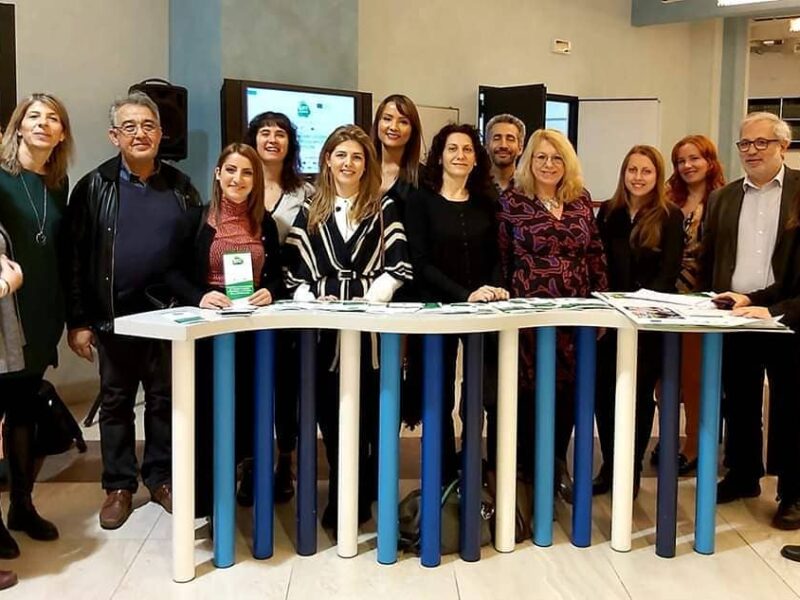ArtsTogether
The ArtsTogether project aims at developing and testing a curriculum based on artistic activities and collaborative approaches that will be used in order to equip teachers for dealing with diversity, fostering mutual understanding and respect among their students and improve the educational performance of migrant students.

The partnership is composed by multinational partners such as:
- UNIVERSITY OF PELOPONNESE – Greece
- ALMA MATER STUDIORUM – UNIVERSITA DI BOLOGNA – Italy
- BATH SPA UNIVERSITY – United Kingdom
- ASTIKI MI KERDOSKOPIKI ETAIREIA KAIMI KUBERNITIKI ORGANOSI FOUR ELEMENTS – Greece
- Higher Incubator Giving Growth & Sustainability (HIGGS) – Greece
- ARSIS – Association for the Social Support of Youth – Greece
- CENTRO PER LO SVILUPPO CREATIVO DANILO DOLCI – Italy
- FONDAZIONE HALLGARTEN-FRANCHETTI CENTRO STUDI VILLA MONTESCA – Italy
- Kinderbetreuungseinrichtung / Kindervilla – Austria
- MEDITER – RESEAU EURO-MEDITERRANEEN POUR LA COOPERATION A.I.S.B.I. – Belgium
The design of this project was based on the current situation of EU facing unprecedented migration flows that have an impact on social and economic level. Member- States have become reception countries hosting a massive influx of migrants escaping distress in their home countries. Social integration has become an explicit goal of cardinal importance in the policy agenda of the European Union. Integrating migrants and their children into the complex fabric of the society has been recognised as crucial for social cohesion and economic growth in the host counties. Roughly 10% of the EU population were born in a different country from the one in which they reside. Children under the age of 15 constitute 5% of this group.
In educational level, migrant students are exposed to those barriers and especially to intolerant behaviour at school. Although the pattern varies by country, children with a migrant background show tendency towards lower educational performance and are more likely to leave school early than their counterparts from a native background. Educators, on the other hand are not properly equipped to deal with increased diversity at classrooms and that can lead to conflicts between students and at the same time support migrant students to perform better. A tested practice that has yielded results in terms of improving performance of disadvantaged children and bringing the classroom together is through arts integration. Research and years of experience reinforce the power of integrating the arts to engage students in every dimension of learning and development. Arts integration has been defined by teaching artists, teachers, education specialists, and leading arts organizations as “an approach to teaching in which students construct and demonstrate understanding through an art form.”
The ArtsTogether project aims at developing and testing a curriculum based on artistic activities and collaborative approaches that will be used in order to equip teachers for dealing with diversity, fostering mutual understanding and respect among their students and improve the educational performance of migrant students. Its main objective is to create specific measures that target migrant children in early childcare and primary education, aiming to provide comprehensive support to eliminate the educational disadvantage they experience and cultural barriers.
The activities have direct beneficiaries, children of migrant background which creates a collaborative space with native children and overcomes linguistic and cultural barriers.
Within this framework, the “Action Plan on the Integration of Third-Country Nationals” were developed actions that involve education, which promoted language training, teacher training and participation of migrant children to Early Childhood Education and Care. Based on that, the ArtsTogether project creates to cover this aspect and touch upon supportive and inclusive measures that target migrant children in Early Childhood Education and primary school where integration is considered important for their healthy personal and social development. The project has created innovative actions that enhance integration of migrant children at schools using arts integration which brought a synergic environment between migrant and native-born children that have duals benefits for both. Migrant children can overcome linguistic and cultural barriers and intolerant behavior at school while native born children have the opportunity to interact through intercultural learning. In addition, the project emphasizes the preparation of teachers and educators to accept and handle diversity in their classrooms.
The ArtsTogether project is a 24-month action with a plan that had been structured to achieve quick delivery of the results and allow a gradual validation of the approach. The project was devided in three main phases:
Phase 1: Needs assessment and analysis of challenges including the capacity building workshop and identification of best practices
Phase 2: is the main implementation stage where the ArtsTogether curricula were designed, developed and transferred to teachers. Also, the pilot testing of these curricula took place within this phase.
Phase 3: includes the first results of the workshops seminars and involves the communities. In this last phase is included the creation of the network and the ArtsTogether guidelines.


























